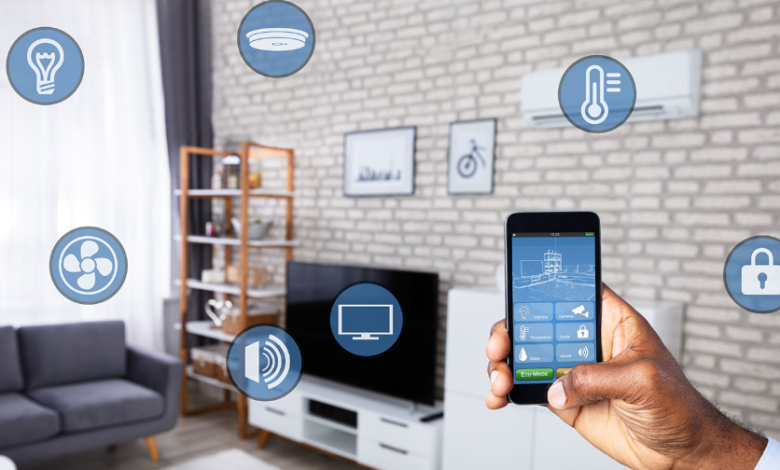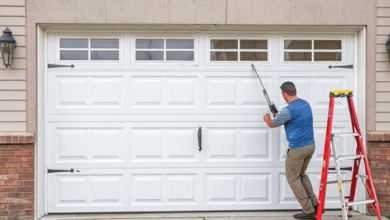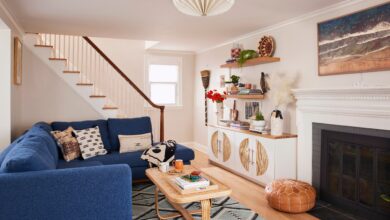What Is Home Automation and How Does It Work?

According to Aldar’s article “What Is Home Automation and How Does It Work?”, home automation transforms regular homes into intelligent, responsive environments. It connects devices like lights, thermostats, and security systems through a centralized hub, enabling homeowners to monitor and control them remotely via smartphone apps or voice assistants .
These systems work using wireless protocols—such as Zigbee or Z-Wave—to enable communication. For instance, a smart thermostat can automatically adjust based on your schedule, while security cameras can alert you of activity directly to your phone .
Connected Devices and Seamless Integration
As Aldar explains in “Smart Homes & Voice Assistants Made Easy”, modern home automation features interconnected devices—smart thermostats, locks, lighting systems, AI-powered security cameras—all controlled through user-friendly apps or voice commands via assistants like Alexa or Google Assistant .
These devices are configured to work together seamlessly. For example, your security camera can trigger lights to turn on, or a single voice command can set a “goodnight” routine—locking doors, lowering blinds, and dimming lights.
See also: Unlocking Real Estate Secrets: Advice Straight from Real Estate Brokers
Energy Savings & Sustainability
Aldar emphasizes that home automation systems significantly contribute to energy savings and sustainability. Smart thermostats adjust intelligently, smart lights turn off in unused rooms, and sensors deactivate appliances when they’re not needed .
Enhanced Home Security
Home automation offers robust security benefits. Features like smart locks, remote-enabled cameras, and instant alerts greatly enhance safety. In Aldar’s overview, automated systems allow homeowners to react triggers, such as turning on lights or locking doors from afar, via smartphone .
These systems often integrate AI—for example, facial recognition in cameras and motion-detection algorithms—to further heighten home security .
From Single Homes to Smart Communities
Aldar highlights that the future of smart living extends beyond individual houses. Entire districts like Saadiyat Grove are being designed with smart urban infrastructure—IoT sensors for energy usage, predictive building maintenance, air-quality monitoring, and personalized resident services via Siemens-powered platforms.
Such communities enhance convenience and sustainability at a larger scale, offering a future-ready framework for urban development .
AI, Automation & Personalization
Smart homes are evolving with AI. Devices learn your habits—adjusting lighting for movie nights or pre-heating the home as you return—and propose personalized suggestions automatically .
AI-powered security cameras can discern familiar faces and alert you only when needed, reducing false alarms and streamlining responses .
Increasing Property Value
Aldar emphasizes that homes equipped with smart features hold greater appeal in today’s market—selling faster and often at a premium. Smart capabilities are now seen as amenities that boost both resale value and rental attractiveness .
Buyers increasingly expect integrated controls, energy-efficient solutions, and advanced security as standard, influencing property design and pricing strategies.
Choosing and Installing a Home Automation System
When selecting a system, Aldar recommends prioritizing compatibility, reliability, and scalability. Open-standard hubs that support multiple device brands ensure long-term flexibility .
DIY setups are viable for basic needs, but professional installation is advised for sophisticated systems—like full-home security, integrated HVAC control, and AI-based automation .
Challenges & Security Considerations
Despite the benefits, smart systems require careful attention to cybersecurity and privacy. Ensuring secure firmware updates, strong passwords, and encrypted data protocols is essential to prevent vulnerabilities .
Final Takeaway
Home automation is reshaping modern living—providing convenience, energy savings, safety, and enhanced property value. With homes like Verdes by Haven leading the charge and smart districts like Saadiyat Grove exemplifying next-gen living environments, Aldar is a key architect in this transformation.
When planning your smart home, focus on integration, security, and future scalability—for a living experience that’s not just automated, but adaptive, efficient, and resilient.




